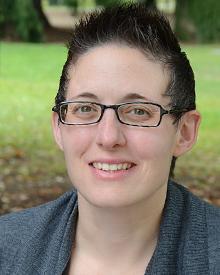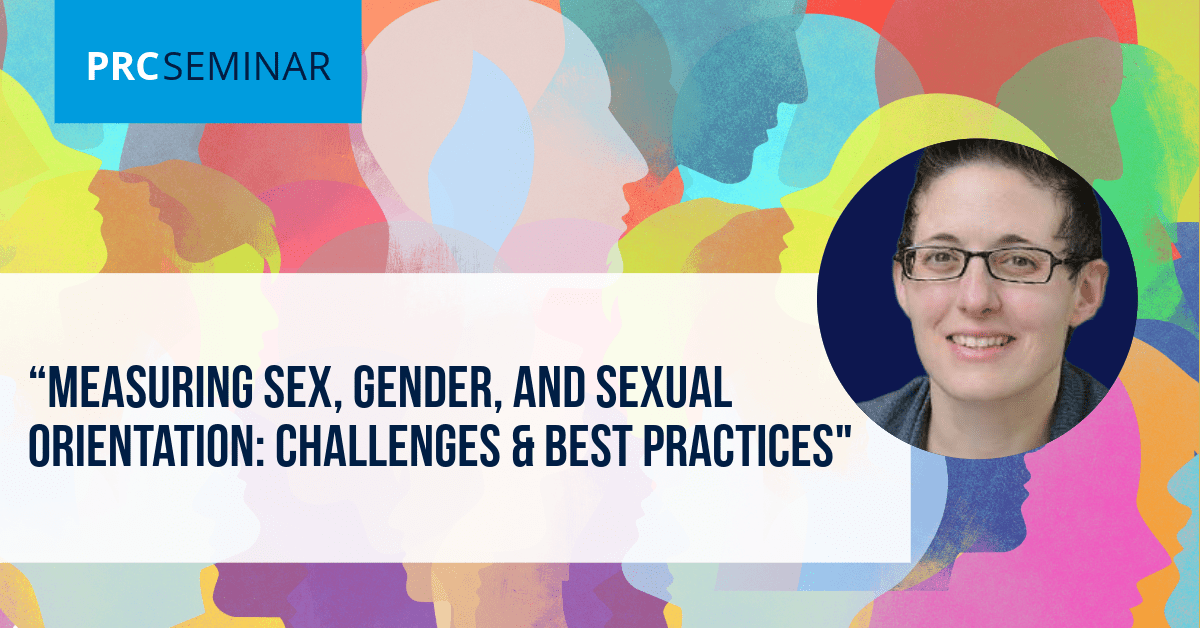- Why should researchers and professionals collect and report participants’ sex, gender, and sexual orientation?
- What are the different dimensions of sex, gender, and sexual orientation that can be measured?
- What are the ‘best’ ways to ask these questions and what response options should be offered?
- What are the strengths and challenges researchers face when designing these questions and collecting this data?
About the Speaker
Dr. Tornello’s research focuses on the role and experiences of parents across gender and sexual orientation, as it relates to individual development within these differently designed families. The majority of her work has focused on the role of family composition, parental gender, and sexual orientation in the family system. The second major aspect of Dr. Tornello’s work focuses on measurement creation and reporting of sex, gender, and sexual orientation, with the goal of accurately representing and describing participants in all research studies.
Dr. Tornello hopes that her work can equip researchers with ways to accurately collect and report participants’ sex, gender, and sexual orientation, as well as inform wider public debates about sexual orientation, gender, and families.








